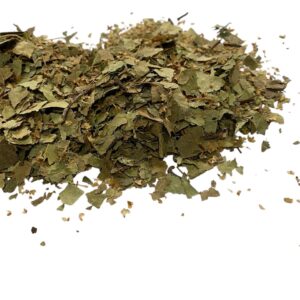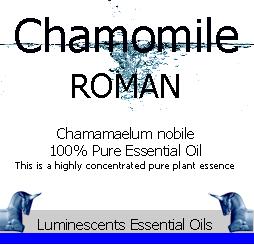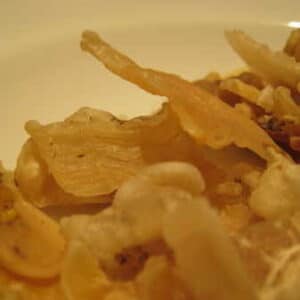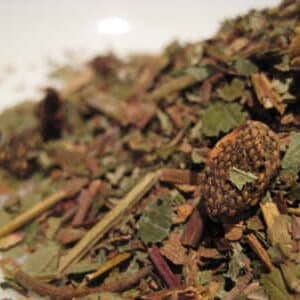Blue Cohosh Root Tincture
£14.50
50ml
Botanical Name Caulophylum thalictroides
Plant Part Used Sustainable Harvested Root
Herb To Liquid Ratio 1:3
Alcohol by Volume 70%
Country of Origin USA/UK
Out of stock
Blue Cohosh Root Tincture has a wide variety of uses, dating from when Native American Chippewa wise-women used a very strong decoction for contraceptive purposes. Its main action is on the uterus.
Blue Cohosh Root Tincture Uses:-
Blue Cohosh Root is often used alone or in combination with other herbs for regulating the menstrual cycle and to ease painful menstrual cramps. It is also used in formulas to treat endometriosis, chlamydia and cervical dysplasia.
As a uterine tonic, it nourishes and revitalises the uterine tissue in a variety of circumstances, including after pregnancy, miscarriage, abortion or termination use of the contraceptive pill.
Blue Cohosh Root is commonly used during the last 2-4 weeks of pregnancy to give the uterus a final toning, in order, supposedly, to make the birthing process quicker. It is sometimes used during birth to help ease labour pains or jump-start a stalled labour process. After birth it is used to deliver and expel a retained placenta and stop excessive bleeding by helping the uterus clamp down without causing the cervix to close as well. For these purposes, midwives usually use a combination of Blue and Black Cohosh root, in equal amounts. It is sometimes used in combination with Pennyroyal herb.
Tinctures are often used, because Blue Cohosh Root’s active ingredients are not generally water soluble. 40-60 drops of the combined tinctures are usually given every hour until contractions are even and strong. It is very easy to make a tincture oneself and this raw herb is the basis to make one but many people prefer to make a strong infusion of the root as in making a tea from it although we recommend simmering the root for 10 minutes rather than steeping it in boiled water.
Blue Cohosh Root contains at least two uterine contracting substances, an oxytocic effect, (oxytocin is a hormone produced during childbirth which causes the uterus to contract) and a substance called Caulosaponin which is a unique substance found only in Blue Cohosh Root which causes the uterus to contract. It is also an oestrogenic herb meaning it contains oestrogen-like substances and can have oestrogen-like side effects
| country-of-origin | |
|---|---|
| manufacturer |





